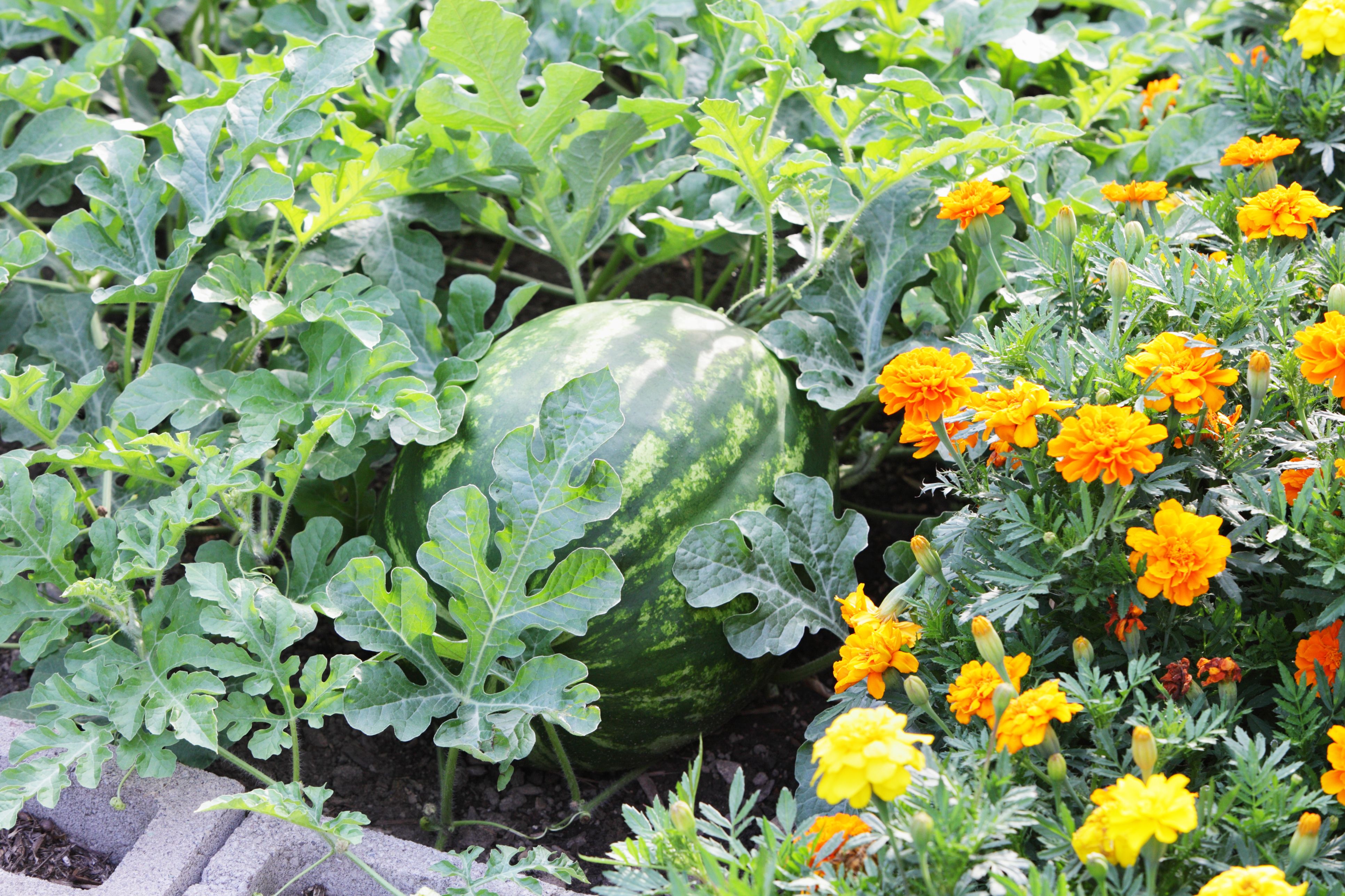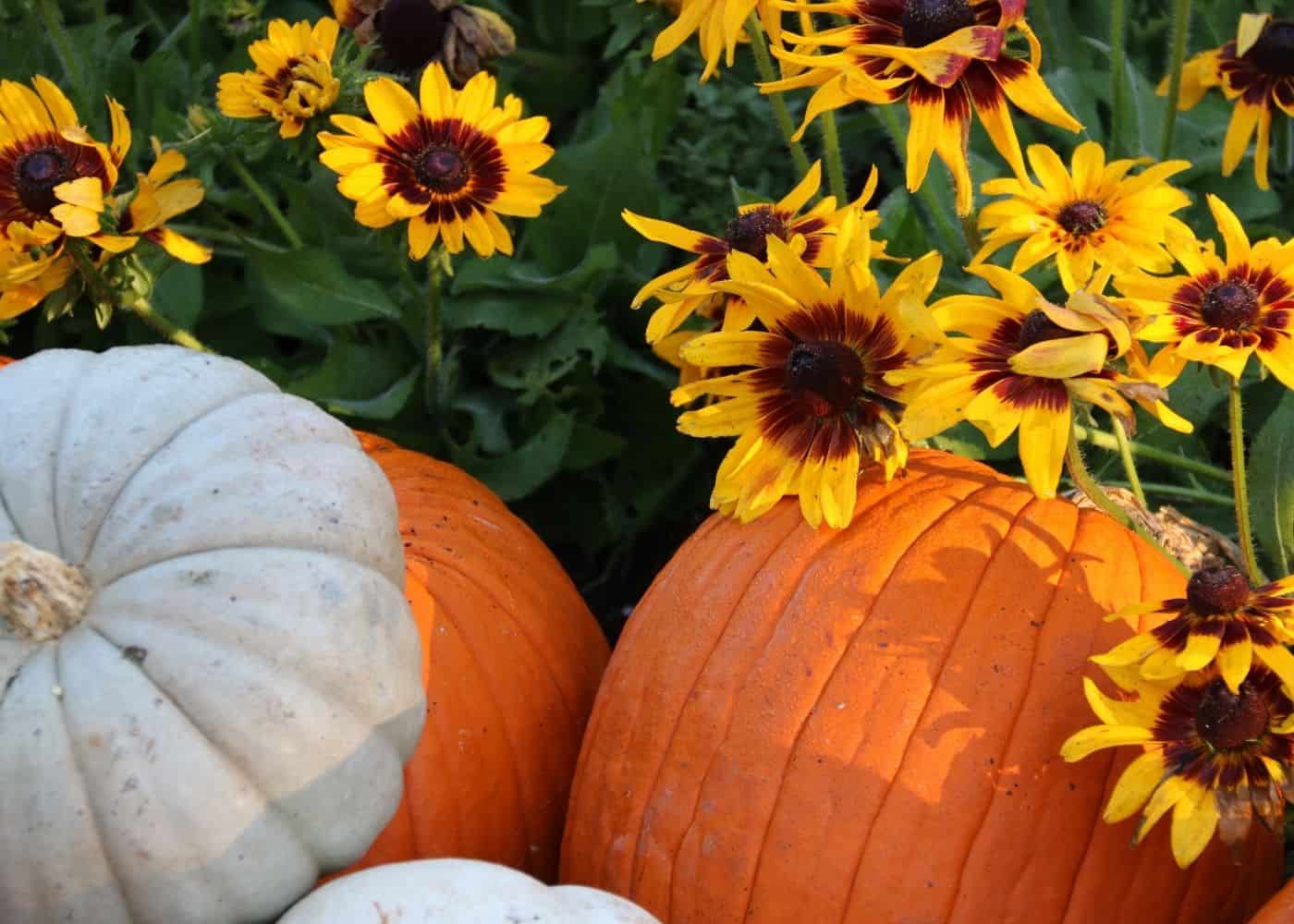Best Companion Plants For Watermelons
Introduction
Watermelons are a delicious and refreshing summer treat, but they can be tricky to grow. One way to improve your chances of success is to plant them with companion plants. Companion planting is the practice of planting different types of plants together for their mutual benefit. Some plants can help to attract pollinators, deter pests, or improve the soil quality.
Benefits of Companion Planting
There are many benefits to companion planting watermelons. Some of the most common benefits include:
- Attracting pollinators. Watermelons need pollinators to produce fruit. Companion plants that attract pollinators, such as marigolds, lavender, and borage, can help to ensure that your watermelon plants are well-pollinated.
- Deterring pests. Some companion plants can help to deter pests that are common to watermelons, such as cucumber beetles, squash bugs, and aphids. Plants that have strong scents, such as marigolds, nasturtiums, and garlic, can help to keep these pests away.
- Improving soil quality. Some companion plants can help to improve the soil quality around watermelon plants. For example, beans and peas are nitrogen-fixing plants, which means that they can add nitrogen to the soil. This can help to promote the growth of watermelon plants.
Best Companion Plants for Watermelons
There are many different companion plants that can be grown with watermelons. Some of the most popular options include:
- Beans and peas. As mentioned above, beans and peas are nitrogen-fixing plants. They can help to improve the soil quality around watermelon plants and promote their growth.
- Carrots. Carrots can help to repel nematodes, which are small worms that can damage watermelon roots.
- Celery. Celery can help to attract beneficial insects, such as ladybugs, which can help to control pests.
- Chamomile. Chamomile has a strong scent that can help to deter pests. It can also help to improve the soil quality around watermelon plants.
- Cilantro. Cilantro can help to repel aphids and other pests. It can also help to improve the flavor of watermelons.
- Garlic. Garlic has a strong scent that can help to deter pests. It can also help to improve the soil quality around watermelon plants.
- Lettuce. Lettuce can help to suppress weeds and improve the drainage around watermelon plants. It can also help to attract beneficial insects.
- Marigolds. Marigolds have a strong scent that can help to deter pests. They can also help to attract beneficial insects.
- Nasturtiums. Nasturtiums have a strong scent that can help to deter pests. They can also help to improve the drainage around watermelon plants.
- Onions. Onions have a strong scent that can help to deter pests. They can also help to improve the soil quality around watermelon plants.
- Peas. See Beans and peas.
- Potatoes. Potatoes can help to attract beneficial insects, such as ladybugs, which can help to control pests.
- Sunflowers. Sunflowers can help to attract beneficial insects, such as ladybugs, which can help to control pests. They can also help to provide shade for watermelon plants.
What to Avoid Planting Next to Watermelons
There are a few plants that should be avoided planting next to watermelons. These include:
- Cucumbers. Cucumbers and watermelons are both members of the cucurbit family, and they can compete for resources.
- Melons. Melons and watermelons are both members of the cucurbit family, and they can compete for resources.
- Potatoes. Potatoes can attract the Colorado potato beetle, which can also damage watermelon plants.
- Squash. Squash and watermelons are both members of the cucurbit family, and they can compete for resources.
Conclusion
By planting companion plants with your watermelons, you can help to improve their chances of success. Companion plants can attract pollinators, deter pests, improve soil quality, and more. When choosing companion plants, it is important to consider the needs of your watermelon plants and the plants that will be growing nearby. By doing a little research, you can find the perfect companion plants for your watermelon garden.
Watermelons are a delicious and refreshing summer treat, but they can be tricky to grow. One way to improve your chances of success is to plant them with companion plants. Companion plants are those that benefit each other when they are grown together. For watermelons, some good companion plants include:
Cucumbers: Cucumbers and watermelons have similar growing requirements and can help to deter pests from each other. Gardenia Inspiration has a great article on companion planting for watermelons that goes into more detail about these and other beneficial plants.
Beans: Beans fix nitrogen in the soil, which can help to improve the fertility of the soil for watermelons.
Marigolds: Marigolds repel pests, such as aphids and whiteflies, which can damage watermelon plants.
Nasturtiums: Nasturtiums attract beneficial insects, such as ladybugs and lacewings, which help to control pests.
If you are planning to grow watermelons this year, I encourage you to visit Gardenia Inspiration for more information about companion planting. With a little planning, you can increase your chances of growing healthy and delicious watermelons.
FAQ of watermelon companion
Q: What are good companion plants for watermelon?
A: Some good companion plants for watermelon include corn, cucumbers, and squash. These plants help to deter pests and diseases, and they also help to improve the soil quality. Corn provides shade for the watermelon plants, cucumbers help to suppress weeds, and squash can help to attract beneficial insects.
Q: How far apart should watermelon plants be planted?
A: Watermelon plants should be planted 3-4 feet apart. This allows for enough space for the plants to grow and spread out. If you are planting watermelons in rows, the rows should be spaced 6-8 feet apart.
Q: How do you support watermelon plants?
A: Watermelon plants can be supported by using a trellis or fence. This helps to keep the vines off the ground and prevents them from becoming damaged. If you are not using a trellis, you can also mulch around the plants to help keep the soil moist and prevent weeds from growing.
Q: How do you water watermelon plants?
A: Watermelon plants need regular watering, especially during the hot summer months. Water the plants deeply once a week, or more often if the weather is hot and dry. Be sure to water the soil around the plants, not the leaves.
Q: How do you fertilize watermelon plants?
A: Watermelon plants need to be fertilized regularly, especially during the growing season. You can use a balanced fertilizer, such as 10-10-10, or a fertilizer specifically designed for watermelons. Apply fertilizer every 2-3 weeks, following the directions on the fertilizer label.
Image of watermelon companion
- Nasturtiums: Nasturtiums are a great companion plant for watermelons because they help to deter pests, such as aphids and cucumber beetles. They also add a splash of color to the garden.

- Marigolds: Marigolds are another good companion plant for watermelons. They help to repel nematodes, which are harmful soil-dwelling worms.

- Cucumbers: Cucumbers and watermelons are both members of the cucurbit family, so they can be planted together. They help to shade each other from the sun, which can help to prevent sunburn.
- Peas: Peas are nitrogen-fixing plants, which means they can help to add nitrogen to the soil. This can benefit watermelon plants, which need a lot of nitrogen to grow.

- Sunflowers: Sunflowers are tall plants that can help to provide shade for watermelon plants. They also attract pollinators, which can help to improve the pollination of watermelon flowers.

Post a Comment for " Best Companion Plants For Watermelons"